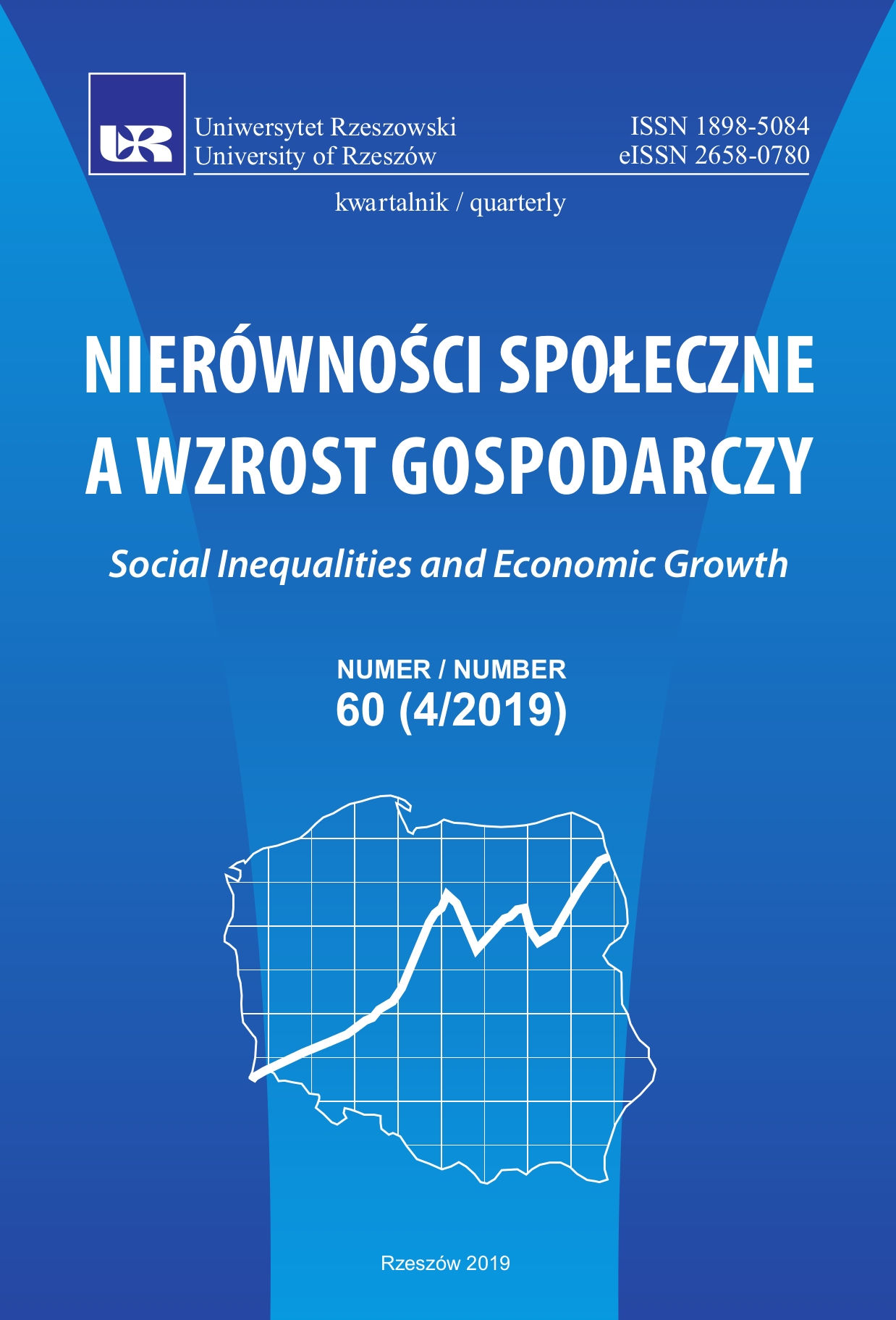Labour market flexibility in Japan: 1960–2018
Labour market flexibility in Japan: 1960–2018
Author(s): Makoto Masui, Paweł MłodkowskiSubject(s): National Economy
Published by: Wydawnictwo Uniwersytetu Rzeszowskiego
Keywords: labour market; unemployment; Japan; economic policy; labour endowment adjustment
Summary/Abstract: This paper offers an analysis of labour market developments in Japan in the post-war period. There is an original periodization based on macroeconomic performance. A systematic review of legislative initiatives as responses to questionable private sector practices delivers an image of the national economy torn by a struggle for decent working conditions. Striving for harmony in the society through increasing employment stability resulted in the creation of unique managerial solutions that allow for the circumventing of more and more rigid regulations governing the Japanese labour market. The flexibility of the labour market was reduced by consecutive legal acts aimed at protecting employees. Unfortunately, the private sector responded to these policy actions by introducing most undesirable solutions. Several decades of awkward attempts by the government to protect the labour force resulted in a situation when more than 40% of all employees work in non-standard working conditions. This, in turn means that full-time jobs are a luxury of a declining cohort. This is a good reason for concern, as this is about social inequality, also due to the lack of traditional forms of labour protection (i.e. labour unions among non-standard workers). This is what differentiates Japan from all other advanced economies. Together with the underlying society that is growing older, a declining group of full-timers creates a serious threat to the stability of the national economy, and the pension system in particular.
Journal: Nierówności Społeczne a Wzrost Gospodarczy
- Issue Year: 2019
- Issue No: 60
- Page Range: 115-143
- Page Count: 29
- Language: English

